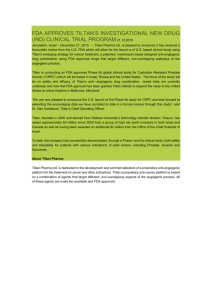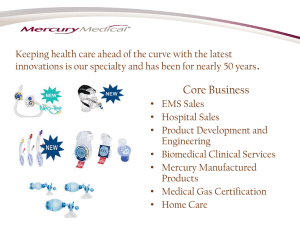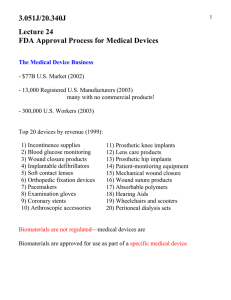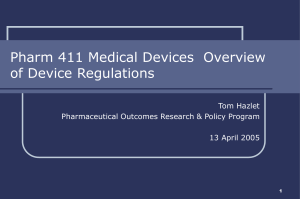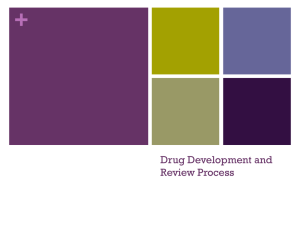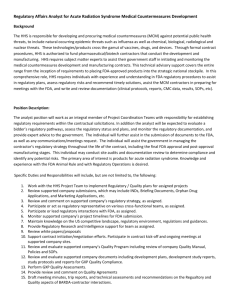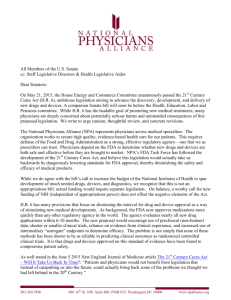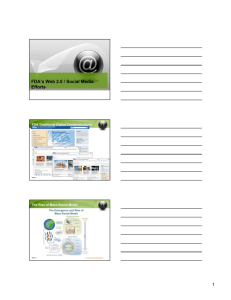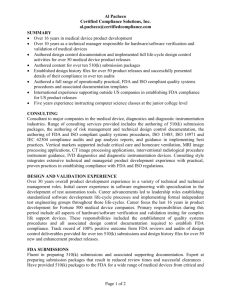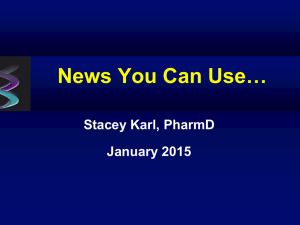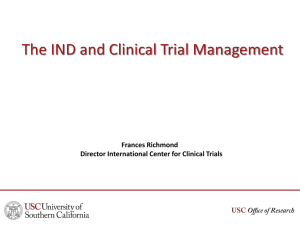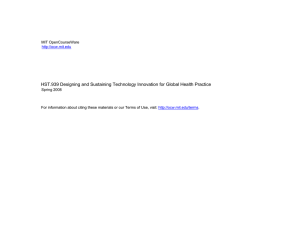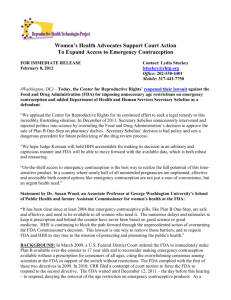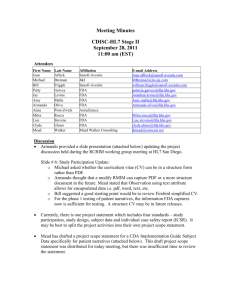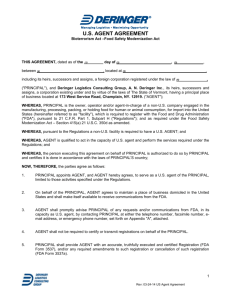When to Submit a 510(k) for
advertisement
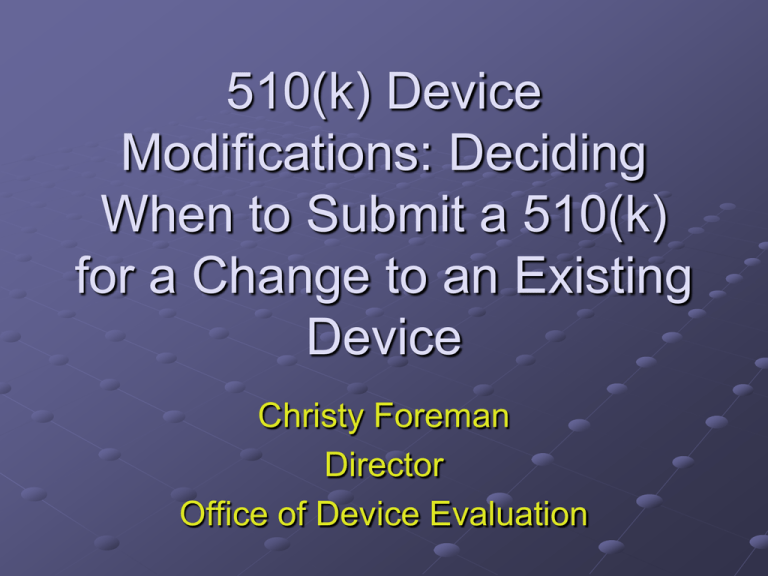
510(k) Device Modifications: Deciding When to Submit a 510(k) for a Change to an Existing Device Christy Foreman Director Office of Device Evaluation Purpose of this Guidance First guidance was issued in 1997 (2 drafts before finalizing) To clarify when a new 510(k) is needed To ensure consistency between review branches Original guidance benefits from added clarity in certain sections Needed to update to reflect new technology Needed to coordinate with emerging software policies 2 What’s in this guidance? Basic Principles section that addresses known and potential points of confusion Nanotechnology note Manufacturing Changes Labeling Changes Technology or Performance Specification Changes Materials Changes Changes that Necessitate Clinical Data 3 What’s the same? Basic logic scheme remains Same basis in 21 CFR 807.81(a)(3) Similar introduction and background Cross-center working group developed based on current understanding of what changes would require new 510(k)s 4 What’s different? No flowchart, emphasis on use of entire document similar concept used in PMA modifications guidance Stressing of certain points: What the regulation means Known and potential points of confusion Brief manufacturing section More clarity on newer technologies 1997 has more examples for what does not need 510(k) 2011 guidance has more examples of what does need a 510(k) 5 Emphases 807.81: Change requires a new 510(k) when it “could significantly affect safety or effectiveness” New 510(k) required for changes that could significantly affect Changes intended as improvements could significantly affect the safety or effectiveness and require a new 510(k) (This concept dates back to the promulgation of the original regulation and was discussed in the preamble) Known and potential problem points Based on real world cases, warning letters, etc. 6 Scope of the draft guidance Doesn’t include devices that don’t require a 510(k) PMA devices Class I or II devices that are 510(k)-exempt Not intended to supersede any devicespecific guidances 7 Comments Received Received 27 official sets of comments, many more unofficial Still in the process of reviewing Comments cover the entirety of the guidance, and many echo the points made in the 510(k) Coalition White Paper, although some contradict Most popular issues: Flowchart More examples 8 “Significance” Trigger “could significantly affect safety or effectiveness” Intent of guidance is not to de-emphasize “significantly,” but to ensure “could” is recognized as part of the trigger Whether a change could significantly affect is highly device-specific, so as a horizontal guidance the intent is to provide basic guidelines and questions to consider in determining need for a 510(k) FDA appreciates that thought process may need more clarity 9 Intended Use “Major” vs. “could significantly affect” Safety and effectiveness is bottom line, so FDA does interpret similarly “Major” is not definable in a succinct statement – Labeling section captures what FDA believes constitute major changes “Different fashion” – appreciate that this may need additional explanation 10 Clinical Data Generally, guidance is referring to data that would typically support SE determinations in 510(k)s Not user preference studies Based on §B8.2 of ’97 guidance 11 Manufacturing Data Intent is to capture manufacturing changes that “could significantly affect” This area in particular is one where manufacturers may have important perspectives Specific examples of manufacturing changes that could not significantly affect? 12 Special and Abbreviated 510(k)s Recently-released 510(k) Program draft guidance covers this topic The modifications guidance does apply equally to changes appropriate for all 510(k) submission types 13 Software Software issues are highly device-specific, so guidance provides first considerations for deciding whether to submit Two key considerations: Could change expand device capabilities? Could change affect device performance? Yes to either question may mean that change “could significantly affect” 14 Conclusion 1997 guidance has been updated with intent to ensure clarity & consistent interpretation by Industry and FDA staff FDA will issue a second draft prior to finalizing Pending legislation may impact content of that guidance FDA appreciates specific examples that illustrate issues 15






